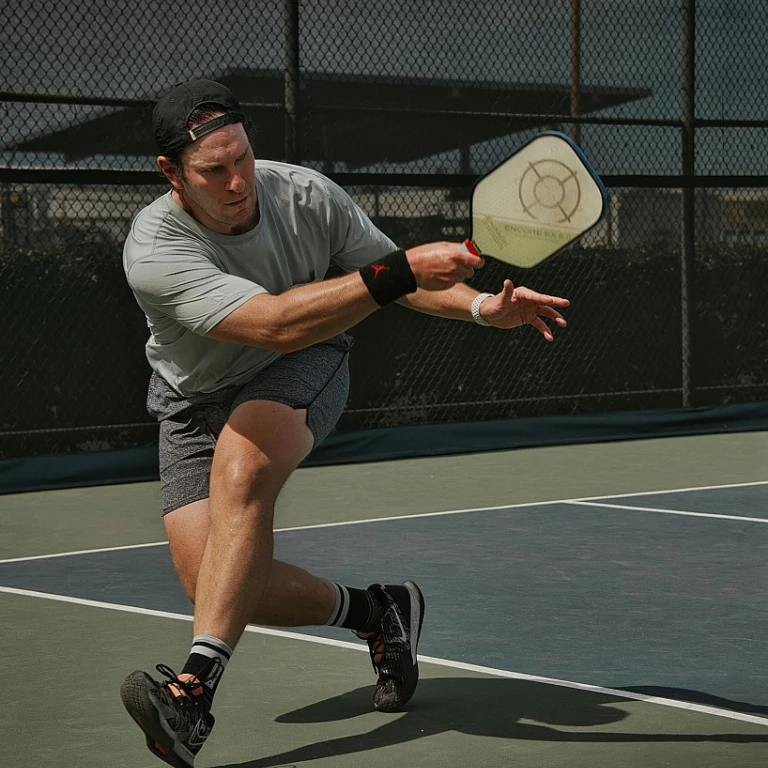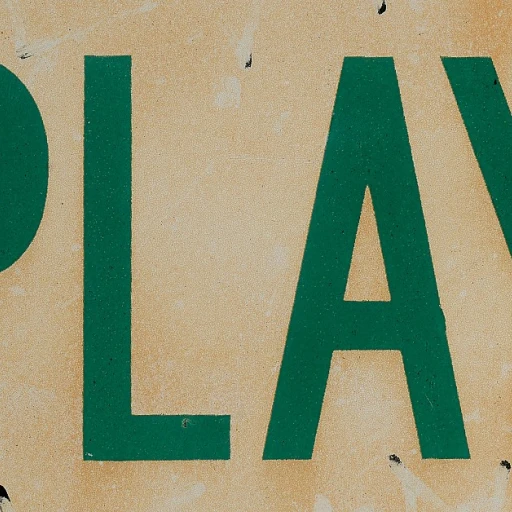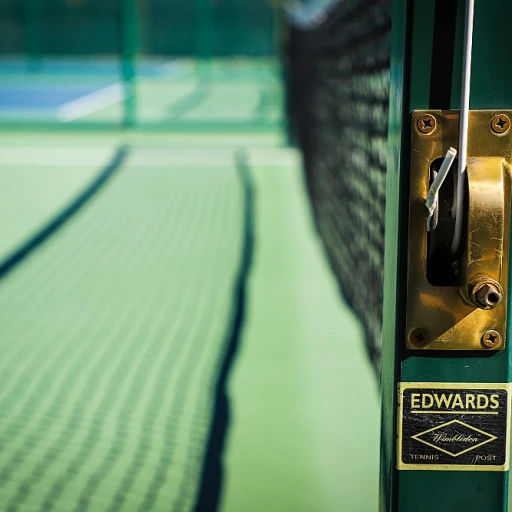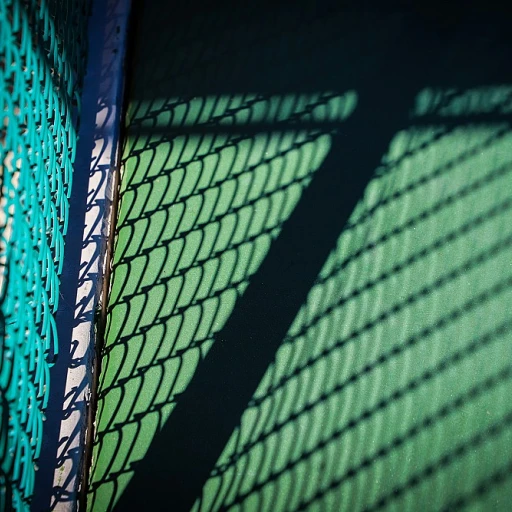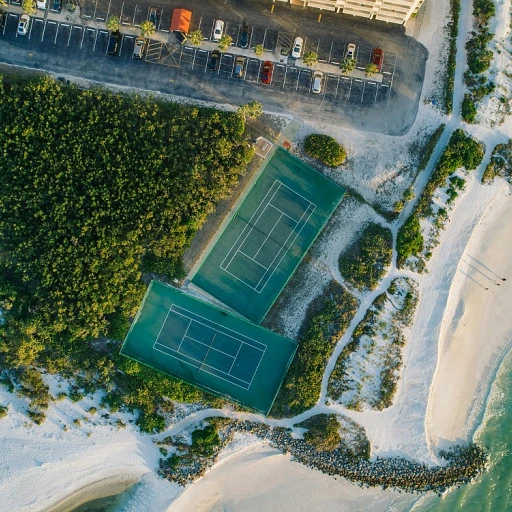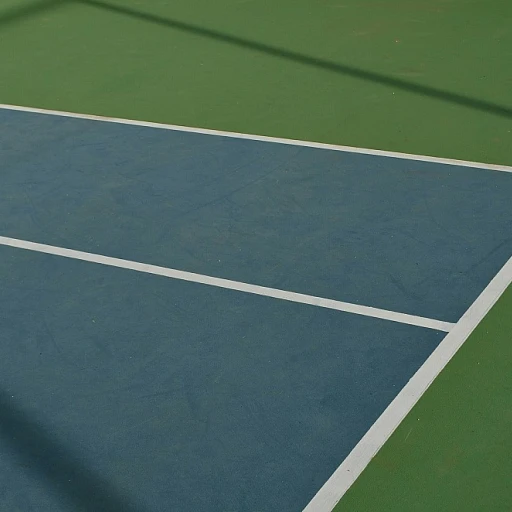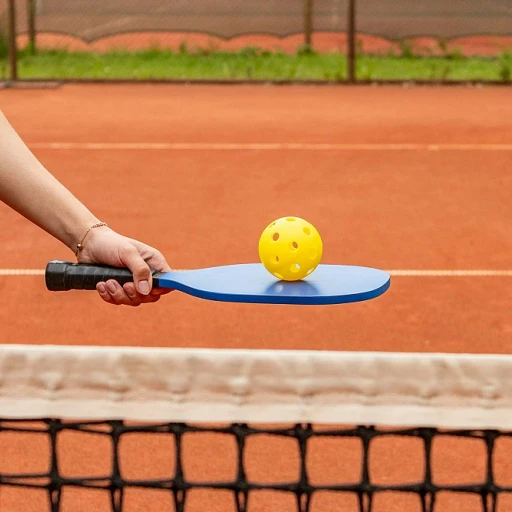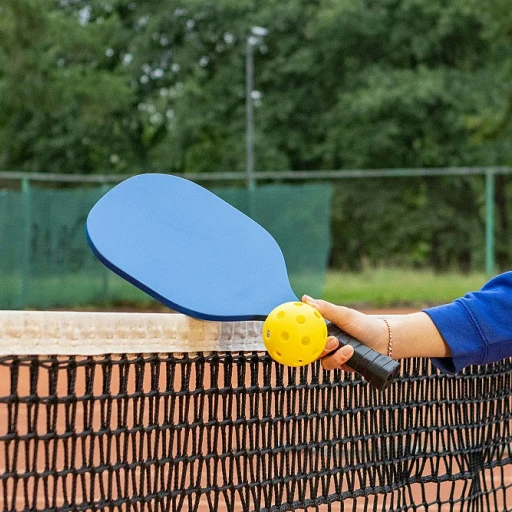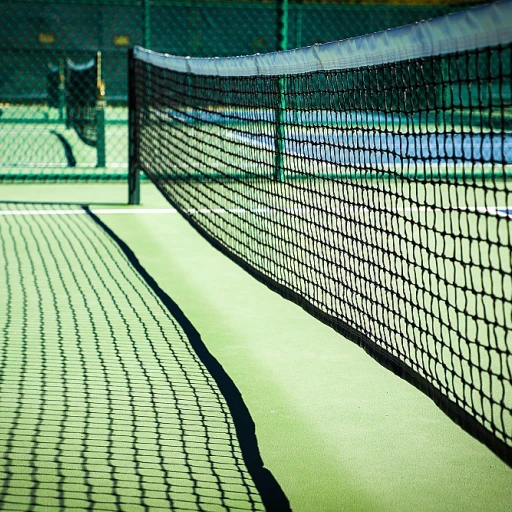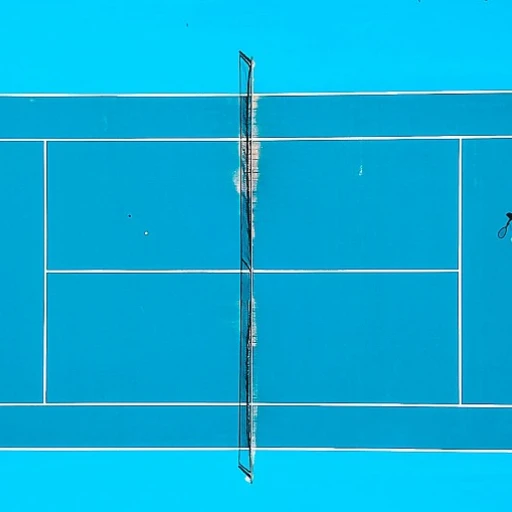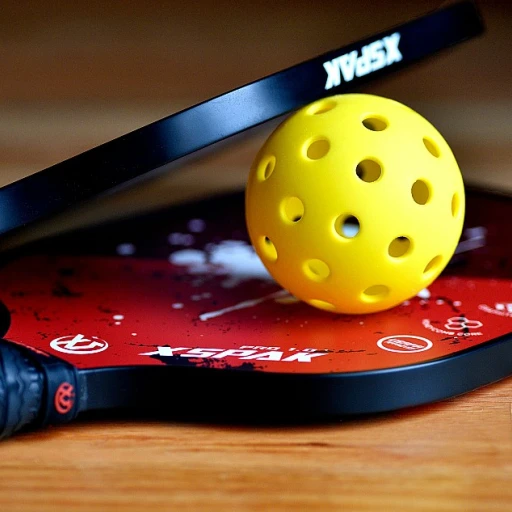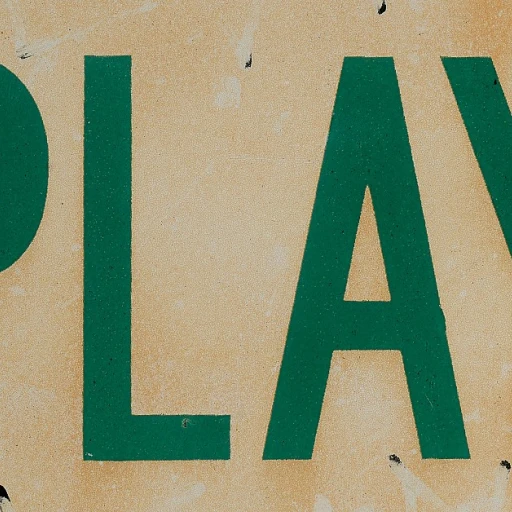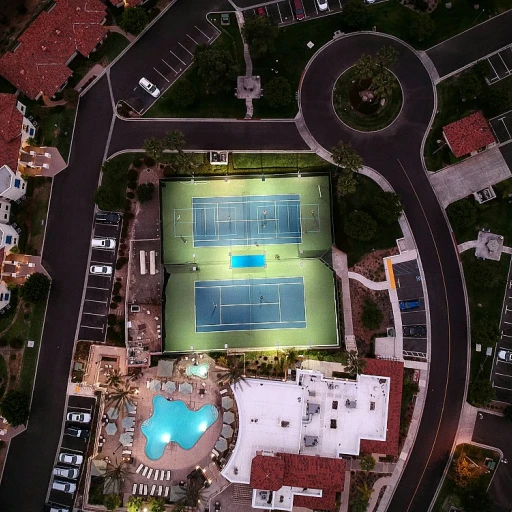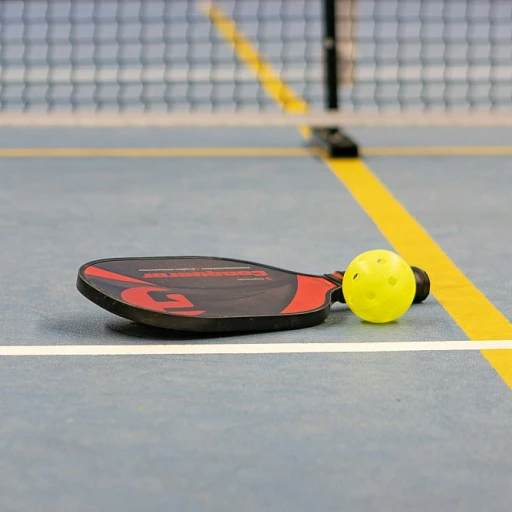
Understanding the Role of a Pickleball Fence
Importance of Court Fencing in Pickleball
Pickleball has gained immense popularity, leading to an increased focus on enhancing the game's experience, and one critical element of this is the pickleball fence. A well-structured fence around a pickleball court ensures the smooth flow of the game and offers various practical benefits.
A major role of court fencing is to keep the pickleball within the play area, thus minimizing interruptions and maintaining a seamless game experience. This is especially important given the small size of a pickleball, which can easily roll away from the court's surface, particularly on windy days or uneven terrains.
Additionally, appropriate fencing serves as a safety barrier, protecting both players and bystanders. For instance, a chain link fence or mesh barrier prevents the ball from striking non-players around the court, ensuring that only those on the court are interacting with the game.
Aesthetic appeal is another consideration, as fences contribute significantly to the look of pickleball courts. Options range from simple chain link to more elaborate wrought iron or aluminum designs, each adding a different flair while serving the fundamental purpose of confinement and protection.
Pickleball fences can also integrate safety features similar to those in pool fences or tennis court barriers, ensuring that the sports area is secure from unauthorized access or accidental intrusions.
In summary, the role of a pickleball fence is multifaceted, offering functionality, safety, and enhanced gameplay experience. Whether choosing chain link, wrought iron, or aluminum fences, thoughtful selection and proper installation of your court fencing can significantly elevate your pickleball experience. For those with a portable pickleball net setup, fencing can also ensure more consistent play without interruptions. Explore options like portable pickleball nets to complement your fenced court setup.
Materials and Design: Choosing the Best Fence
Choosing the Ideal Fence: Material and Design Insights
When it comes to enhancing your pickleball court, selecting the right fencing is a crucial step. Various materials and designs are available to suit different needs and budgets. Here's a closer look at the options:
- Chain link: Widely popular for its strength and cost-effectiveness, chain link is a reliable choice. Its mesh design prevents the ball from leaving the court while maintaining visibility.
- Wrought iron: Known for its durability and classic look, this type of fence is often used in high-end installations. It’s not just about aesthetics, however; the robust iron steel provides a secure boundary.
- Aluminum: Lightweight and resistant to rust, aluminum fences are ideal for those seeking a low-maintenance option. Plus, customizable options allow for various colors and designs.
- Pool fencing: Often used interchangeably with court fences, pool guard screens offer safety and blend well with court aesthetics. These screens provide a softer visual impact on the landscape.
Pickleball court fences must be carefully chosen, as they play a significant role in the game's flow and safety. A well-made flat top chain link fence ensures the game is not interrupted by stray balls. For those seeking more innovation in their setup, adjustable pickleball nets might also be considered to complement your fencing choices, offering flexibility and convenience.
Installation Tips for Optimal Performance
Effective Installation Tips for Court Fencing
When it comes to installing your pickleball fence, selecting the right installation strategy is crucial to ensuring the best performance and durability. Regardless of the fencing material, whether it’s chain link, iron steel, or aluminum, the installation process can significantly impact both the aesthetics and functionality of the court fence.
- Site Preparation: Begin with a thorough inspection of the area where you want to erect your pickleball fence. Ensure the surface is level and free from debris. This step is vital for achieving a smooth and stable setup.
- Proper Measurements: Take accurate measurements of the pickleball court to determine the required dimensions for your fence. This is especially important for courts that mirror the dimensions of a tennis court or pool area, where precise fitting prevents unwanted gaps.
- Post Placement: The placement of your fence posts is critical. They serve as the backbone for your court fencing, bearing the tension of the fence mesh. Space posts evenly, typically 8-10 feet apart, for chain link fence or iron steel frameworks to ensure they withstand high winds and game impacts.
- Material Considerations: Choose the right materials based on the environment and usage. For high-steel wrought iron fences, which are known for elegance and strength, you'll need deeper post installations to combat surface erosion. For chain link fences, consider using durable coatings to prevent rust.
- Incorporating Screens: To minimize distractions and provide a higher level of privacy, install fence screens. They can also act as a windbreak, enhancing the game experience, particularly in competitive settings.
Careful execution during installation will create a secure and efficient barrier around your pickleball court. A well-installed fence not only enhances the game but also ensures long-lasting safety for all players.
Safety Considerations with Pickleball Fences
The Importance of Safety in Pickleball Fencing
When pondering which pickleball fence to install, prioritizing safety is paramount. Properly designed court fences not only define the play area but also prevent accidents. Here are key safety perspectives to consider:- Preventing Falls and Injuries: Ensure your fence installation is away from critical play areas to prevent players from colliding during intense rallies. The court fencing should provide a clear boundary while allowing ample space for safe play. Positioning the fence appropriately can mitigate potential hazards.
- Height Considerations: The height of the pickleball fence plays a significant role in preventing the ball from leaving the court and ensuring player safety. While standard fence heights are adequate for most pickleball games, ensuring the top is flat can prevent accidents. Options like wrought iron or iron steel fences offer durability without sharp protrusions.
- Material Choices: Consider materials that won’t cause harm upon impact. Chain link and mesh screens are popular choices, as they are forgiving when players come into contact. However, opting for materials like aluminum fence or link fences, which have rounded edges, can enhance safety.
- Visibility and Screens: Installing fence screens can improve the visibility of the court while adding a layer of protection against external distractions. Fence screens also provide privacy, reducing the likelihood of stray tennis or pool balls entering the court, which might lead to accidents.
- Safe Installation Practices: Whether you choose a steel or chain link fence, proper installation is crucial. Ensuring that the fence is securely anchored and that all components are free of sharp edges will contribute to a safer playing environment. Regular checks and maintenance of screws and components are essential to uphold safety standards.
Maintaining Your Pickleball Fence
Preserving Your Pickleball Court Fence's Longevity
To keep your pickleball fence in top condition, regular maintenance is key. Understanding the role different materials play, as discussed in earlier sections, will help guide your maintenance efforts effectively.
- Routine Inspections: At least annually, inspect your court fence for any wear or damage. Look for signs of rust on chain link and iron steel fences, and ensure pool guard mesh surfaces are intact.
- Cleaning: Dirt and debris accumulation can gradually weaken materials. Clean your fence with a mild detergent and water, especially if it's exposed to elements similar to pool fences or tennis court fencing.
- Repair Timely: Address any damage as soon as possible. Whether it's a bending in the aluminum or a loose flat top screen, prompt repairs can prevent further deterioration.
- Weather-related Maintenance: In high-moisture areas, additional treatments may be necessary, particularly for wrought iron components. Applying a protective coating can prevent rust, extending the life of the metal.
Maintaining your fence not only enhances the aesthetic appeal of the court, but it ensures the safety and functionality of your game environment. Proactive care minimizes the need for more extensive repairs in the future, keeping your pickleball court in optimal condition.
Community and Environmental Impact
Community Engagement and Environmental Impact of Pickleball Fences
When installing a pickleball fence, it's essential to consider its impact on both the community and the environment. A well-designed court fence not only enhances the game but also contributes positively to the surrounding area.
Fostering Community Interaction
Pickleball courts are often a hub for community interaction. A thoughtfully chosen fence can enhance this by providing a safe and welcoming environment. Chain link fences, for instance, offer visibility, allowing spectators to enjoy the game while maintaining safety. This visibility encourages community members to gather and engage with the sport, fostering a sense of camaraderie.
Environmental Considerations
When selecting materials for your pickleball fence, consider environmentally friendly options. Aluminum and iron steel are durable and recyclable, making them excellent choices for sustainability. Moreover, opting for a mesh or chain link design minimizes the visual impact on the landscape, preserving the natural beauty of the area.
Noise Reduction and Aesthetic Appeal
Noise can be a concern in residential areas. Installing fence screens can help reduce the sound of the ball hitting the court surface, enhancing the experience for both players and nearby residents. Additionally, choosing a fence with a flat top or a wrought iron design can enhance the aesthetic appeal, blending seamlessly with the surroundings.
By considering these factors, you can ensure that your pickleball fence not only improves the game but also positively impacts the community and environment.

